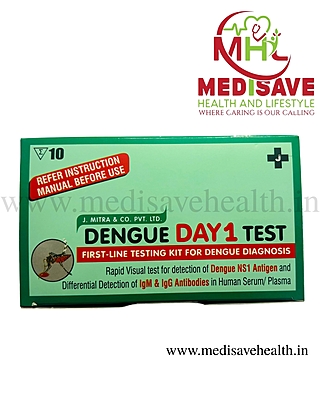The dengue NS1 test Stands for Dengue nonstructural protein 1, It is used to diagnose dengue fever early. The test detects the presence of dengue NS1 antigen in the blood. The ELISA (Enzyme-Linked Immunosorbent Assay) approach is employed to detect the virus in laboratories.
The protein creates antibodies to attack the illness, triggering an immunological response. The NS1 antigen is detected in their blood when infected with dengue fever. As a result, the test aids in the early diagnosis of dengue fever.
The importance of early diagnosis and therapy for a successful recovery cannot be overstated. It can prevent the condition from becoming deadly if started early. As a result, the NS1 antigen test aids in early identification, prompt treatment, fewer chances of infection, and reduced dengue mortality.
What is the Dengue NS1 Test used for?
NS1 assays identify the dengue virus’s nonstructural protein NS1. During a dengue infection, this protein is released into the bloodstream. NS1 assays for serum have been developed. To detect dengue NS1 protein, most of these techniques employ synthetically labeled antibodies.
Understanding the test results of the Dengue NS1 Test
By interpreting the results, A positive or reactive NS1 test result indicates dengue virus infection but does not reveal the serotype. A negative NS1 test result does not rule out the absence of disease. People who have a negative NS1 test should be tested for dengue IgM antibodies to see if they have recently been exposed to the virus.




